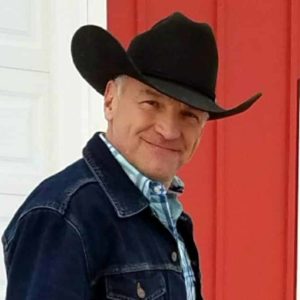Everything You Ever Wanted to Know About Feminized Seeds… But Were Too Afraid to Ask
August 23, 2019 | 2:10 pm | Room 1 | Cultivation
Rick Campanella “Mr. Soul” will host a discussion to help attendees understand why the female cannabis plant is important and how feminized seeds are created.
Rick Campanella “Mr. Soul”, Cannabis Breeder, Brothers Grimm Seeds
While studying Nuclear Engineering at Rensselaer Polytechnic in Troy NY, I also learned to grow marijuana in a spare room of my apartment. I was especially interested by Robert C. Clark’s book entitled “Marijuana Botany.” I sent a letter to the owner of the Super Sativa Seed Club in Amsterdam and after weeks of discussing breeding and genetics, I became their USA seed distributor to their American customers in 1987.
This opportunity provided me access to genetics and information that allowed me to rapidly advance my cannabis cultivation and breeding expertise. I used my engineering skills to design hydroponic systems and climate control systems for my personal growing operations. I organized the garden work flow; scheduling and performing all phases of cannabis production; seedlings, mother plants, clones, flowering, harvest, manicuring, drying/curing and seed storage.
I called myself Mr. Soul in 1996 when the online cannabis message boards and chat rooms were just starting. There I shared growing and breeding information with like-minded folks and I founded Brothers Grimm Seeds. My breeding projects produced world-famous strains of marijuana such as Cinderella 99 (C99) and Apollo 13. These strains have also been used to create numerous award-winning hybrids. In 2016 Brothers Grimm Seeds was inducted into the High Times Seed Bank Hall of Fame. In 2018 High Times magazine picked Rosetta Stone XX for their “Top Ten of the Year” so of course I’m just as proud of the current work as much as the historical work I’ve produced.
In 2016 I took an intense interest in “feminized seeds” and decided to learn everything I could to completely understand them. After many months, I’d compiled sufficient relevant data from scientific journals to allow me to develop a breeding program. The results of my breeding program showed that 100% female seeds could be produced reliably if certain concepts were understood and strict procedures were used.

